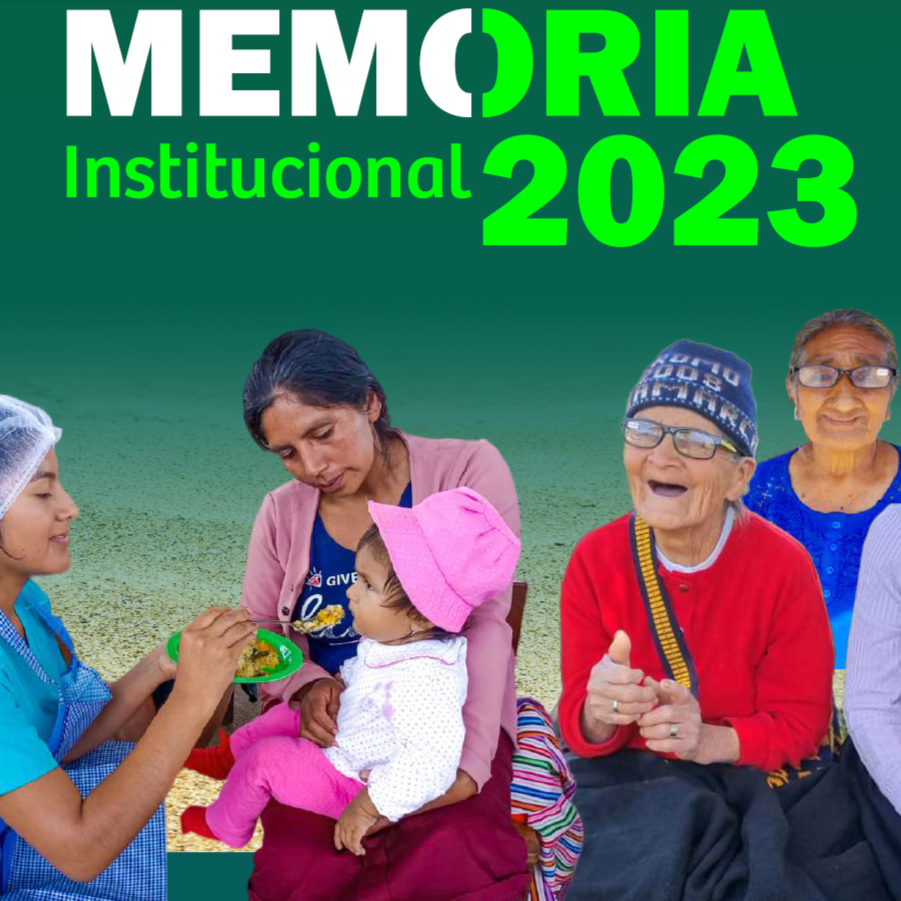Individual-, Household-, and Community-Level Factors Associated with Eight or More Antenatal Care Contacts in Nigeria: Evidence from Demographic and Health Survey
Individual-, Household-, and Community-Level Factors Associated with Eight or More Antenatal Care Contacts in Nigeria: Evidence from Demographic and Health Survey
Abstract
Introduction
Antenatal care (ANC) is a vital mechanism for women to obtain close attention during pregnancy and prevent death-related issues. Moreover, it improves the involvement of women in the continuum of health care and to survive high-risk pregnancies. This study was conducted to determine the prevalence of and identify the associated factors of eight or more ANC contacts in Nigeria.
Methods
We used a nationally representative cross-sectional data from Nigeria Demographic and Health Survey—2018. A total sample of 7,936 women were included in this study. Prevalence was measured in percentages and the factors for eight or more ANC contacts were examined using multilevel multivariable binary logistic regression model. The level of significance was set at P<0.05.
Results
The prevalence of eight or more ANC contacts in Nigeria was approximately 17.4% (95% CI: 16.1%-18.7%). Women with at least secondary education were 2.46 times as likely to have eight or more ANC contacts, when compared with women with no formal education. Women who use media were 2.37 times as likely to have eight or more ANC contacts, when compared with women who do not use media. For every unit increase in the time (month) of ANC initiation, there was 53% reduction in the odds of eight or more ANC contacts. Rural women had 60% reduction in the odds of eight or more ANC contacts, when compared with their urban counterparts. Women from North East and North West had 74% and 79% reduction respectively in the odds of eight or more ANC contacts, whereas women from South East, South South and South West were 2.68, 5.00 and 14.22 times respectively as likely to have eight or more ANC contacts when compared with women from North Central.
Conclusion
The coverage of eight or more ANC contacts was low and can be influenced by individual-, household-, and community-level factors. There should be concerted efforts to improve maternal socioeconomic status, as well as create awareness among key population for optimal utilization of ANC.
